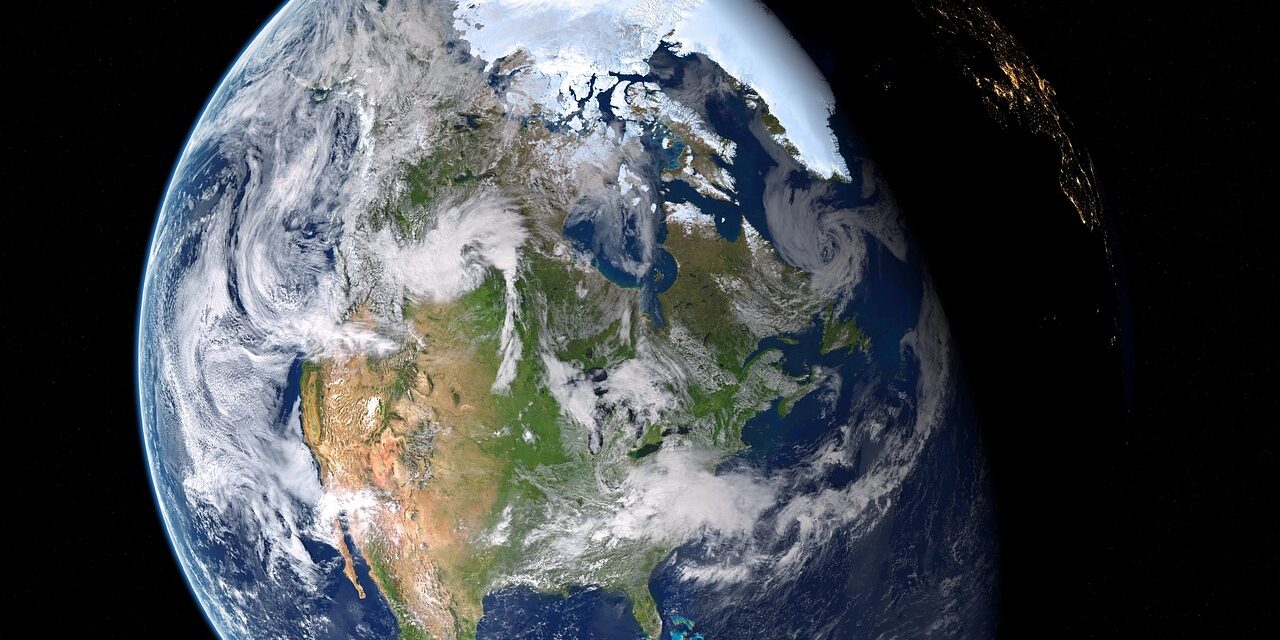Understanding the age of the Earth is essential to grasp the complex history of our planet, as well as the evolution of life and the dynamics of geological processes. The Earth is approximately 4.54 billion years old, a figure that has been determined through various scientific methods, including radiometric dating of the oldest rocks and meteorites. This essay delves into the methodologies employed to ascertain this age, the historical context of these findings, and the implications of such an extensive timeline for our understanding of Earth’s history.
Historical Context
The quest to determine Earth’s age has evolved significantly throughout history. In antiquity, various cultures provided differing accounts of the planet’s creation, often rooted in mythological or religious narratives. However, as scientific inquiry progressed, the need for a more accurate understanding grew evident. In the 18th century, geologists like James Hutton introduced the principle of uniformitarianism, suggesting that the processes we observe today have operated in the same manner throughout geological time. This principle laid the groundwork for modern geology and set the stage for more rigorous examinations of the Earth’s timeline.
The 19th century ushered in the advent of radiometric dating, a groundbreaking methodology that would revolutionize our understanding of geological time. It wasn’t until the early 20th century, however, that scientists, particularly Arthur Holmes, began to apply radiometric dating techniques systematically to ascertain the age of Earth. Holmes used uranium-lead dating methods to date mineral zircons from Australia, suggesting an age of around 1.6 billion years. This finding, while significantly lower than current estimations, was a watershed moment that demonstrated the potential for scientifically grounded age estimations.
Scientific Methodologies
The age of 4.54 billion years has been established through a variety of radiometric dating techniques, principally by measuring the decay of radioactive isotopes. These methods are based on well-established principles of physics, particularly the half-life decay of unstable isotopes. Uranium (U) decays to lead (Pb), while potassium (K) decays to argon (Ar). By studying the ratio of parent isotopes to their stable daughter products in rock samples, geologists can infer the time elapsed since the rock was formed.
The oldest terrestrial rocks, found in northern Canada, called Acasta Gneiss, have been dated to about 4.031 billion years. However, older ages are reported from zircon crystals found in Australia, which are estimated to be around 4.4 billion years old. Additionally, scientists have obtained age estimates for meteorites, which generally align with the age of the solar system. The oldest meteorites, specifically the Canyon Diablo meteorite, have been dated to about 4.56 billion years. This convergence of data from both terrestrial sources and extraterrestrial bodies lends robust credibility to the 4.54 billion-year estimate.
Moreover, advancements in technology now allow for increasingly precise isotopic measurements. The use of mass spectrometry in isotope ratio measurements has enabled scientists to determine ages with greater accuracy, further solidifying the 4.54 billion-year timeframe.
Geological and Astrophysical Implications
The implications of Earth’s age are profound. It provides a backdrop against which we can understand the complexity of geological processes, the formation of continents, the evolution of life, and the stratigraphic record. This extensive timeline suggests that the Earth has undergone dramatic changes, from a molten state in its early history to the formation of a stable crust supporting diverse ecosystems.
Moreover, the age places biological evolution within a long temporal context, allowing for the gradual development of life forms through the processes of mutation and natural selection. The fossil record reveals how life has diversified over billions of years, reflecting adaptation to changing environments and climatic shifts.
The convergence of geological activities over eons, including plate tectonics, volcanic activity, and glaciation, shapes the planetary features we observe today. Understanding the age of the Earth also reflects on humanity’s role in an ever-changing biosphere, urging a profound respect for conservation and sustainability.
Conclusion
The Earth, at approximately 4.54 billion years old, stands as a testament to the intricate history of our planet. The methodologies developed to ascertain this age demonstrate the rigor and resilience of scientific inquiry. By integrating radiometric dating and studying geological formations, scientists have unraveled a rich timeline that not only illuminates the Earth’s past but also shapes our understanding of its future. Recognizing this age and its implications is vital for both science and society, as it fosters a deeper appreciation for the complex interplay of natural processes that govern our world.

